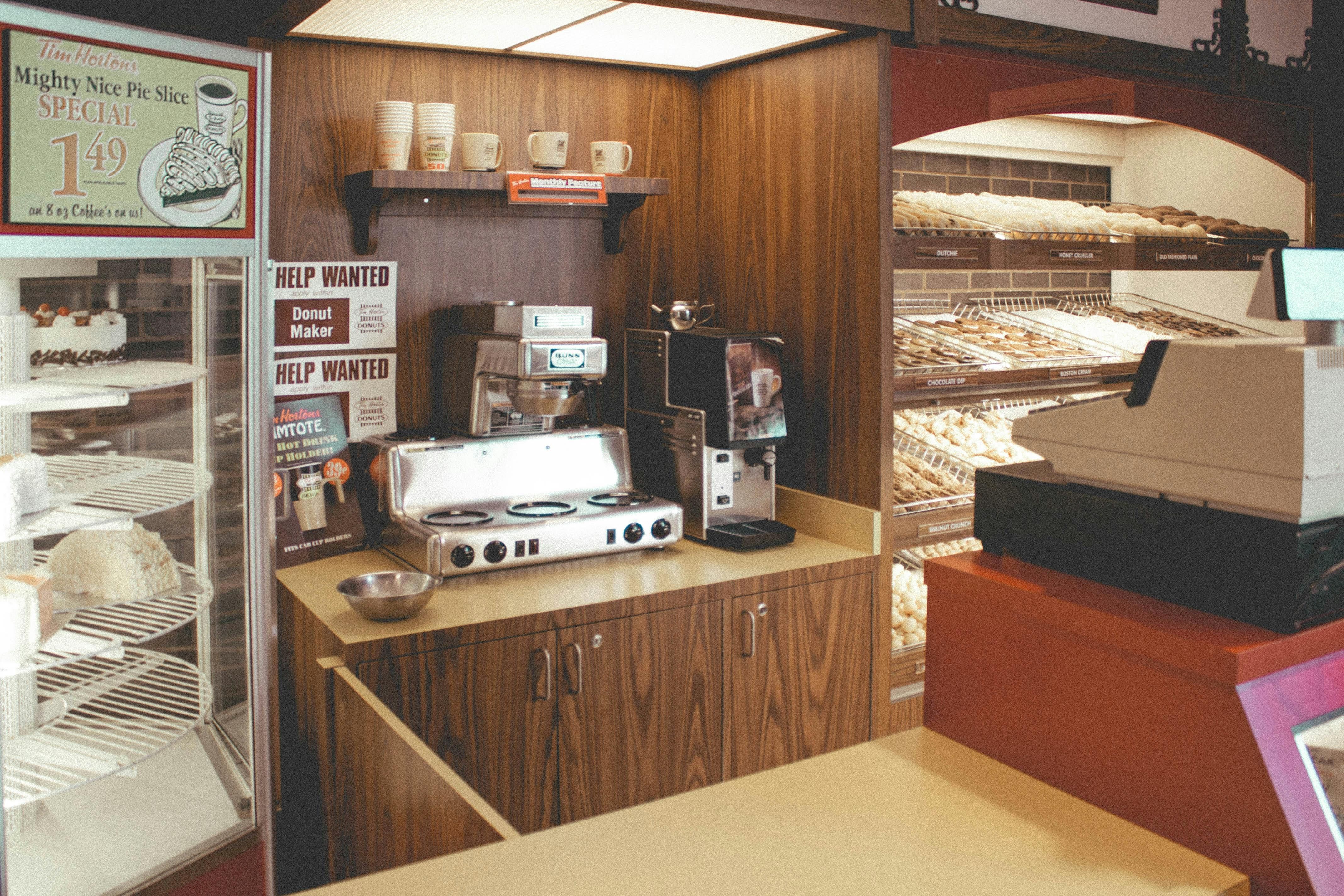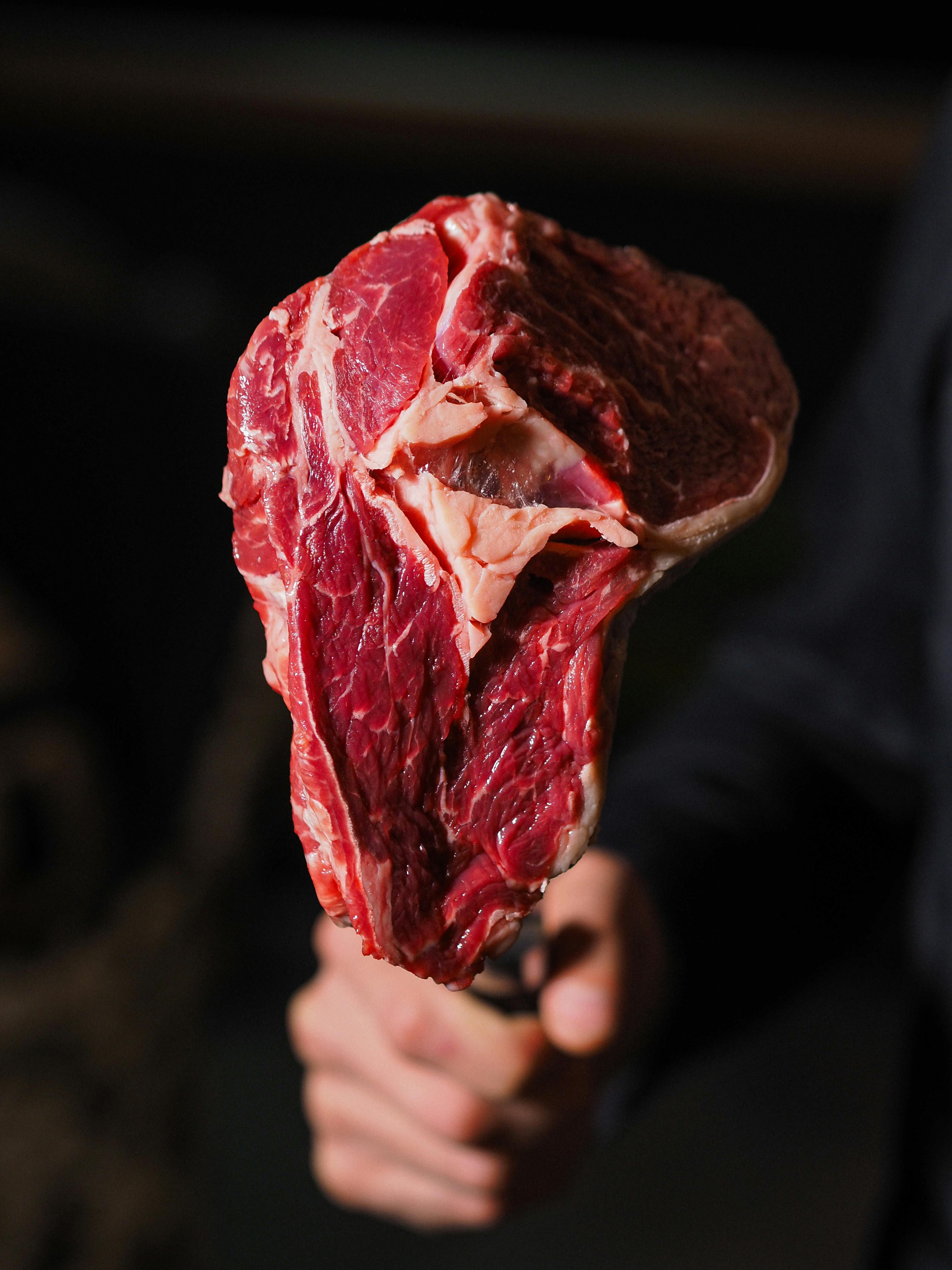The Origin Story of Donuts: Tracing the Evolution of the Doughnut
Whether you call it Beignet, Zeppole, Puff puff, Oliebol, or simply doughnuts-these delightful, fried dough concoctions have captured hearts across the globe. From the U.S. to Europe and beyond, these sweet and savory treats have deep roots in various cultures. But where did these delectable delights originate, and why do we simply can't resist them?
Rising from Contested Origins
The origins of doughnuts are as contentious as the debate about the best toppings. Some food historians, like Michael Krondl, author of "The Donut: History, Recipes, and Lore from Boston to Berlin," trace doughnut progenitors back to ancient Greece and Rome, where small cakes were fried and dipped in honey. These tantalizing toothsome snacks had countless iterations across Europe, but according to Krondl, the first printed recipe, taking "dough the size of a walnut" and deep-frying, emerged in northeastern England around 1750. He claims these dough delights were a Hertfordshire specialty enjoyed during Fat Tuesday, while the rest of England celebrated Carnival with pancakes. Since Hertfordshire immigrants were among the first settlers in New England, they likely brought the recipe with them to America, and the rest, as they say, is history.
However, some historians, like Peter G. Rose, argue that it was the Dutch who truly invented the doughnut. Citing a 1667 Dutch cookbook with a recipe for olykoek, or filled dough balls, she asserts that when Dutch immigrants settled in the Hudson River Valley in the 17th century, they introduced this variation to America. Over the years, the recipe evolved into something more similar to today's doughnut, with the addition of eggs and butter to lighten the batter.
It seems both claims might hold water, as history has shown some dishes originating simultaneously in different cultures. Regarding cake doughnuts, they are decidedly an American creation. Around 1830, when commercial leavening became available, New Englanders utilized it to make the dough rise more quickly, instead of the traditional yeast method. As for the iconic hole in the doughnut, Krondl relates that removing the center helps the dough cook more evenly in less time.
A Holey Tale
The popular myth about young sea captain Hanson Gregory inventing the hole in the doughnut by punching it out with a spoke from his captain's wheel isn't entirely accurate. Gregory admitted later in life that the story was fictitious. However, another engaging tale about New England whaling ships in the 19th century seems to be true. Captains would motivate their crews by rewarding them with doughnuts, fried in boiling whale oil, as they strove to reach the next 1,000 barrels. The sailors happily devoured them, aroma and all.
The Great Doughnut Craze
It may seem as though doughnut shops are popping up on every street corner today, but our obsession with these ring-shaped treats predates our current era. The National Dunking Association, founded in the 1930s by the Doughnut Corporation of America, aimed to boost consumption and promote the indulgence of dunking doughnuts in beverages. For a time, dunking doughnuts was viewed as unsophisticated; nevertheless, people across the nation indulged themselves, embracing the trend.
One of the most notable brands to ride the doughnut wave is Dunkin' (formerly Dunkin' Donuts), which sells approximately 2.9 million doughnuts and doughnut holes per day worldwide. Patricia Healy, senior director of integrated marketing for Dunkin' Brands, attributes the current doughnut surge to a mix of nostalgia and flavor innovation, with the test kitchen working tirelessly to develop new doughnut recipes, such as regional favorites like the peanut stick in New York, the sour cream doughnut in Chicago, and the pork floss doughnut in Asia.
The doughnut craze shows no signs of waning, and with innovation on the horizon, one wonders what's next in the world of doughnuts. Whether you prefer cake or yeast, filled or glazed, sharing doughnut lore with your office mates is sure to be a hit-a veritable slam dunk.
- It was in Hertfordshire, England, where the first printed recipe for doughnuts, made from dough the size of a walnut and deep-fried, is said to have originated around 1750, according to Michael Krondl, author of "The Donut: History, Recipes, and Lore from Boston to Berlin."
- Peter G. Rose, another food historian, contends that the Dutch were the inventors of doughnuts, citing a 1667 Dutch cookbook that includes a recipe for olykoek, or filled dough balls.
- On the topic of cake doughnuts, Krondl suggests that they are indisputably an American creation, influenced by the availability of commercial leavening in the early 19th century.
- Doughnut shops today might seem ubiquitous, but the love for doughnuts extends back to the 1930s when the National Dunking Association, founded by the Doughnut Corporation of America, aimed to boost consumption and promote the enjoyment of dunking doughnuts in beverages.





